Amazing
Beyond The Walls of An Intriguing NY Farmhouse Abandoned For Four Decades
While there are approximately eight million households in the very populated State of New York, some are more intriguing than others. Every building has a tale, some telling different stories daily.
Others have extraordinary events that are usually tucked away for years, just waiting to be shared. This particular house waited four decades for someone to uncover the mystery behind its walls.
Bryan Sansivero, a renowned photographer, got wind of the property and sought permission from the city authorities to explore it. It carries you to an entirely different period.
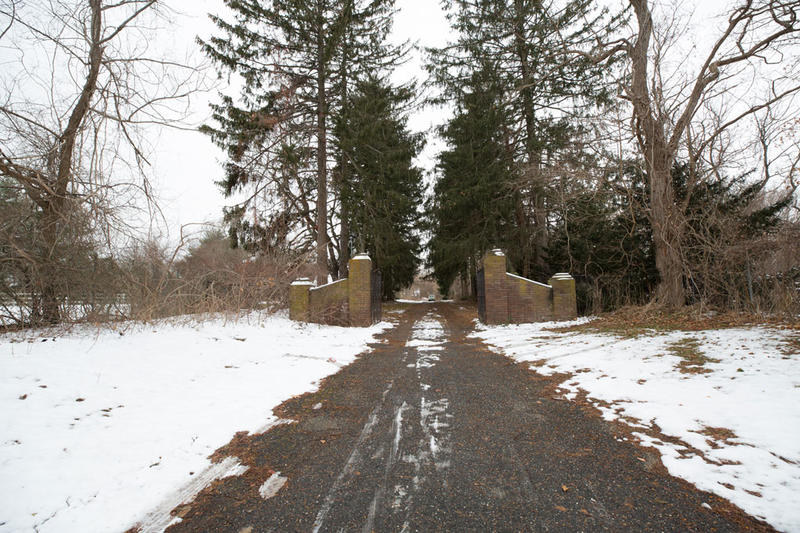
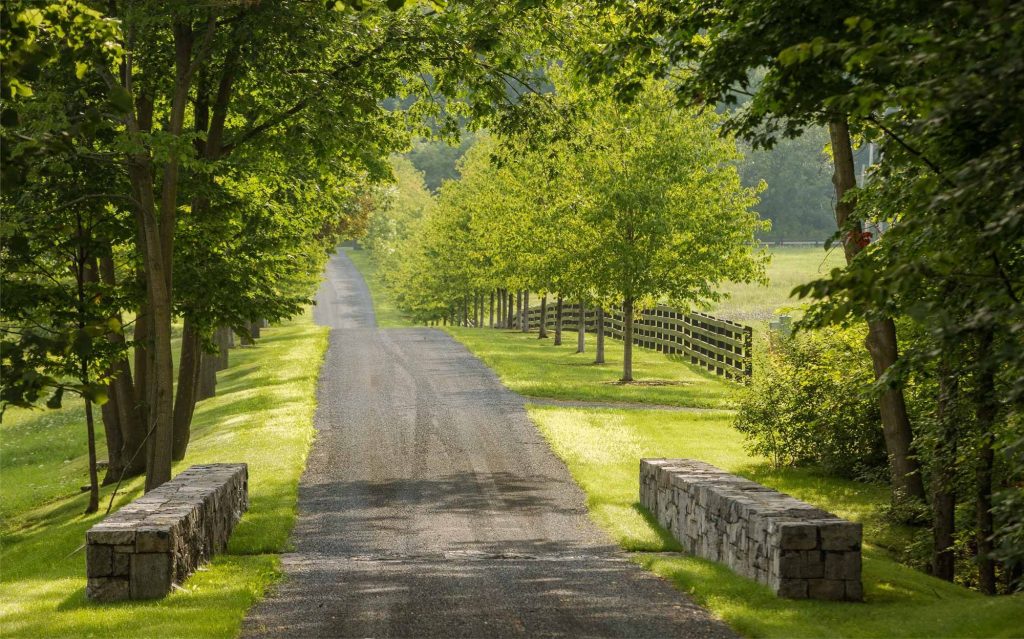
There was no sign out front
Bryan Sansivero was amazed at how well-hidden the farmhouse was. The lengthy driveway follows around to the back of the house.
This is what you’d call hiding in plain sight since a bustling community enveloped it. However, the owners wanted privacy; hence this single-room cabin in the woods could go unnoticed. He says that the place feels like time has paused.
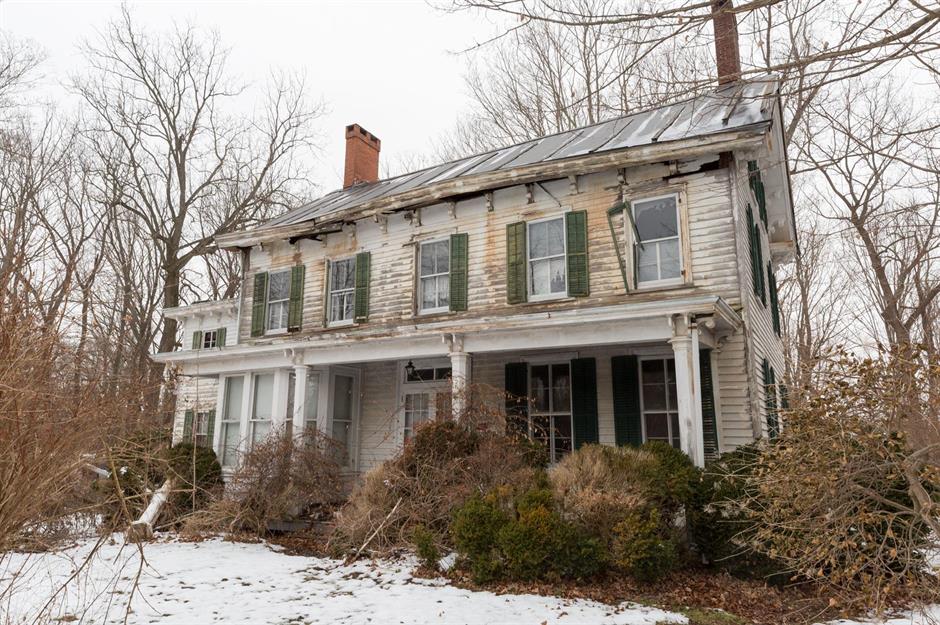
Former Breathtaking Facade Decaying
The Victorian home was once made impressive by its appeal but now is decayed by neglect. Here, we see the main farmhouse, which was built in 1860. The roof has sagged, and one of the columns has fallen.
There are nine acres, a smokery, a garage, an outhouse, a stable, a milk house, a sheep barn, and four smaller barns. Sansivero hopes his pictures will assist in some way to the rehabilitation of a gorgeous and historically meaningful residence.

Built Prior to The Civil War
To find the historic farmhouse, you’ll have to head to Commack hamlet, which was once Native American territory. This is in the Suffolk County area of NY.
Urbanization has brought about a higher level of development to the Marion Carll Farm location. The ranch has been in existence since the start of the 18th century, prior to the Civil War.
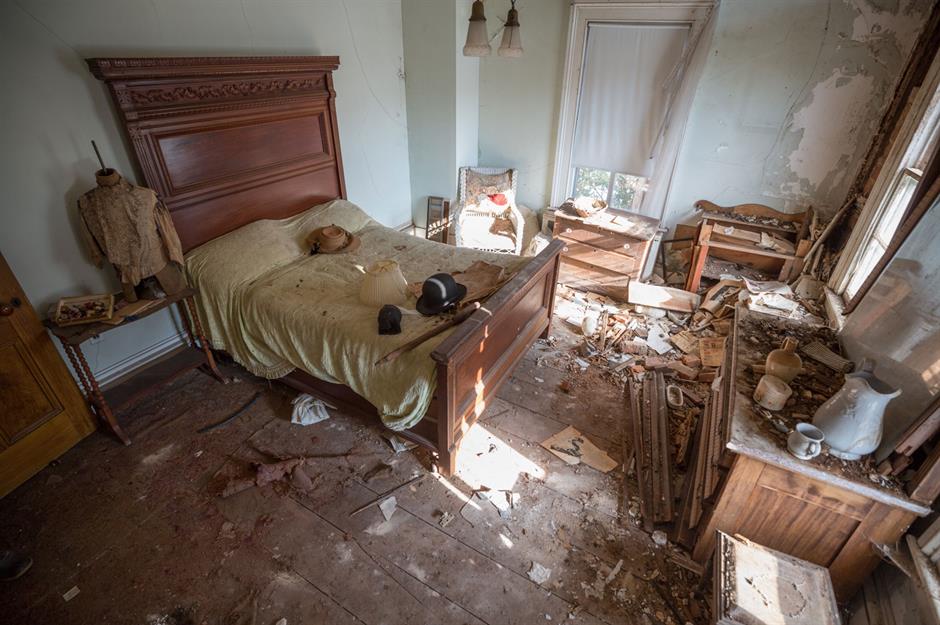
Neglected, But Loaded With Treasures
Sansivero took photos of the plantation repeatedly, with the permission of the local school district and board. He states that each time he visited, he came upon more items that needed to be highlighted.
There was a vast number of valuable pieces of history. These scarce photographs are reminders of how unique the property was before being abandoned and eventually demolished.
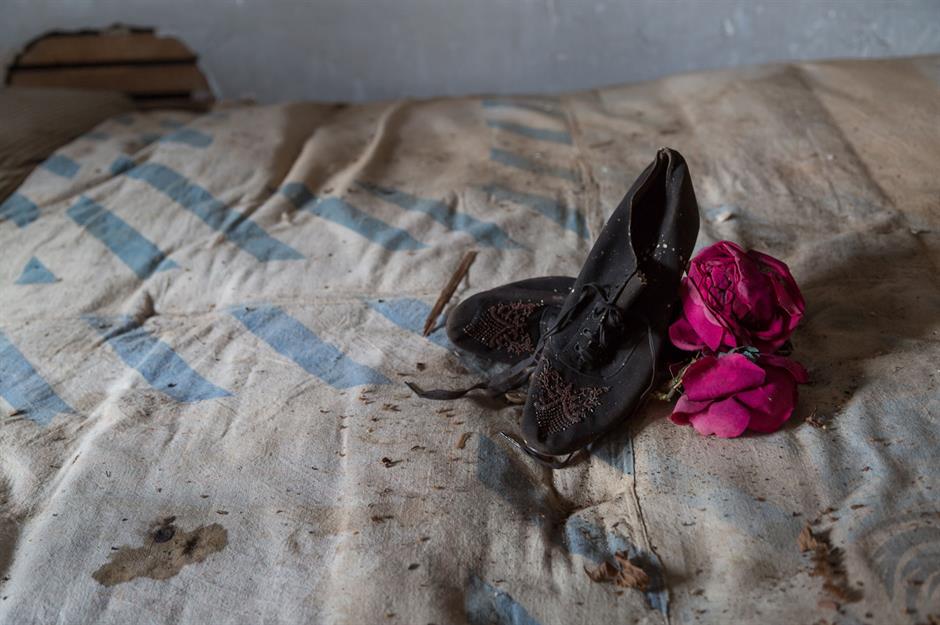
Marion Carll Led a Busy Lifestyle
Marion Carll was a stalwart of the community and greatly respected. She was a school trustee and helped found the first PTA.
Education played an integral part of Carll’s life, so it was no surprise that she willed the house to the Commack School Board and District for academic and chronological objectives. These decorated shoes probably belonged to Carll.
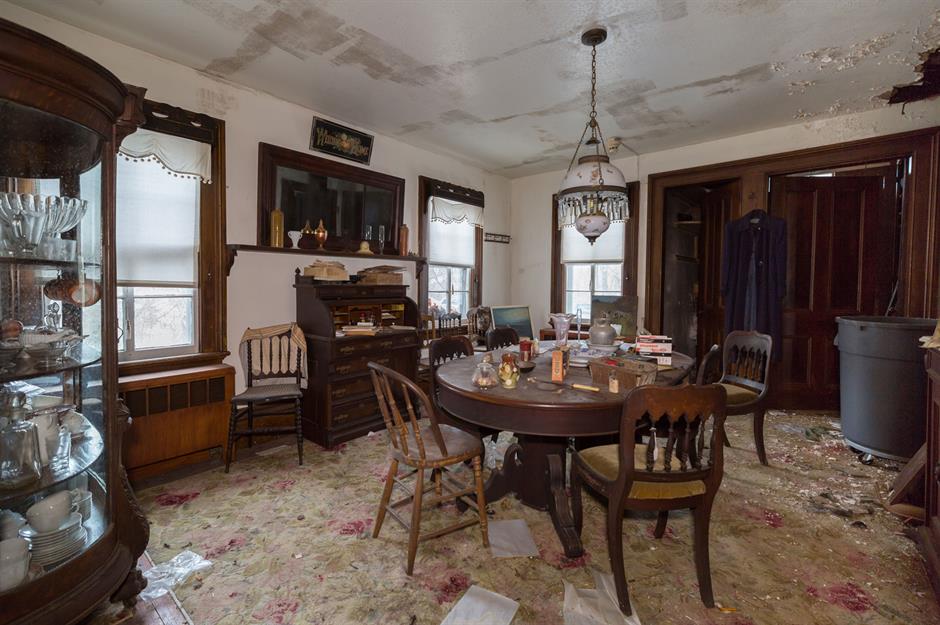
She Tried to Preserve History
As a history buff, Marion Carll aimed to preserve as much of the character of the 18th-century farmhouse as possible and never tried to modernize the residence. As a result, the site has a lot of old vintage collectibles.
Despite being abandoned four decades ago, it appeared as if Marion Carll were living in an entirely different era.
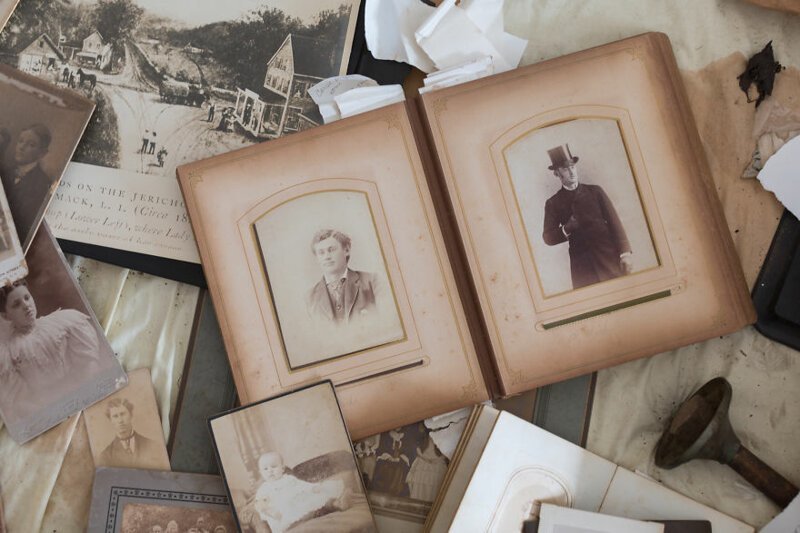
The Home Links to Walt Whitman
The photos document the lives of the Carll family. A local history book, Huntington’s Hidden Past by Kerriann Flanagan Brosky, disclosed some fascinating data regarding the family property.
“The land on which the farm stands, off Commack Road, was originally inhabited by members of the Secatougue Indian tribe. According to a deed of record from 1698, the Indians conveyed the parcel of land to John Skidmore and John Whitman, great-great-great-grandfather of poet Walt Whitman.”
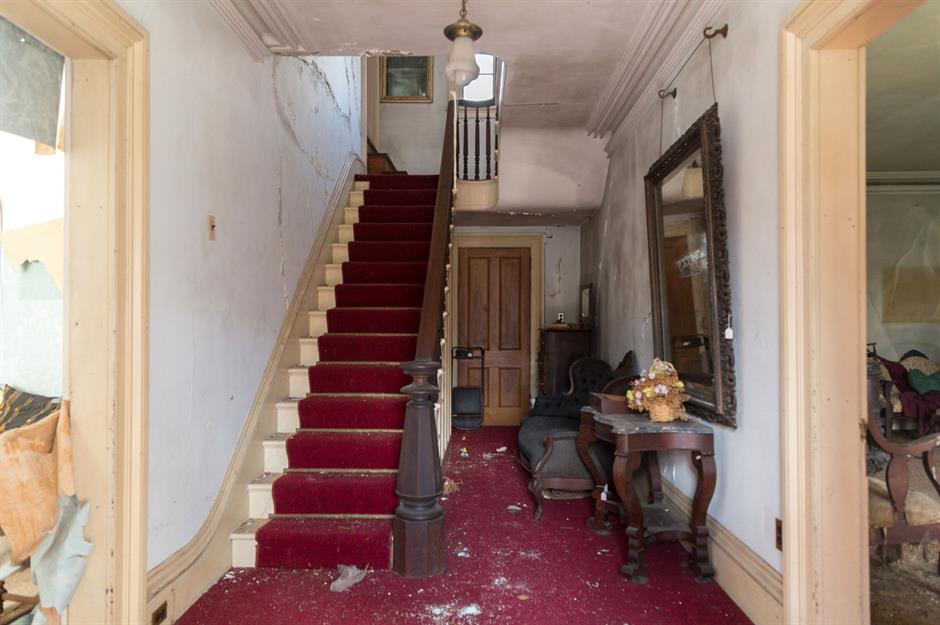
Danger Lurks on the Stairwell
You can see the grand staircase at the front of the house. There’s another home stairway leading to the basement. The stairs on the other flight were not in a decent state.
The photographer notes that they only saw the basement one time and didn’t get any photos, unfortunately, adding that the stairs and I did not get any pictures of it. The stairs broke as they headed back out of the basement.
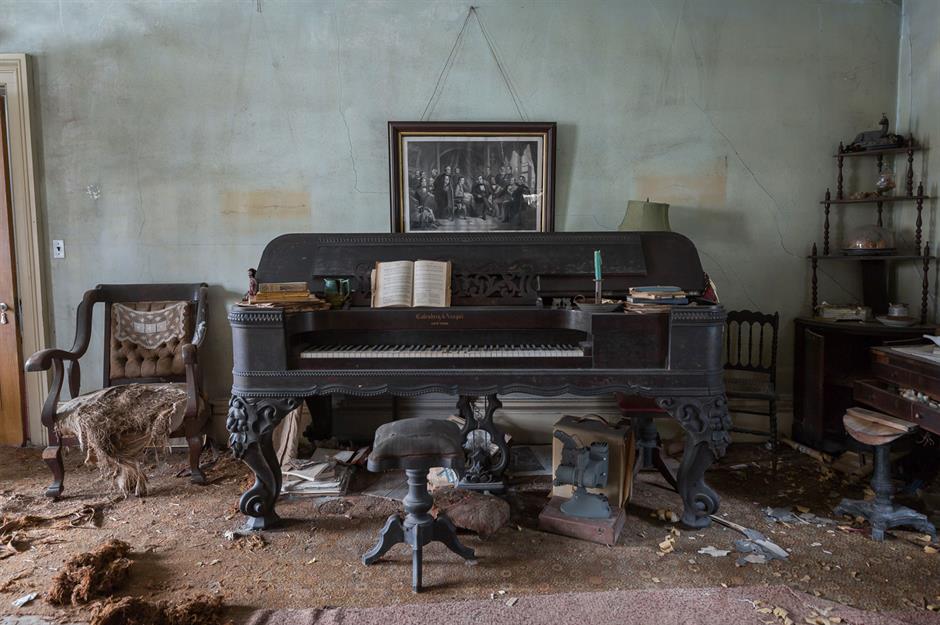
A Stunning Parlor
Even with all the dust and debris buildup, this room is a replica of when Marion Carll lived there. This finely carved piano played some lovely music for several years.
Piano and other instruments were the primary means of entertainment before the development of the radio. Households would gather around to listen and sing to the playing of their favorite tunes.
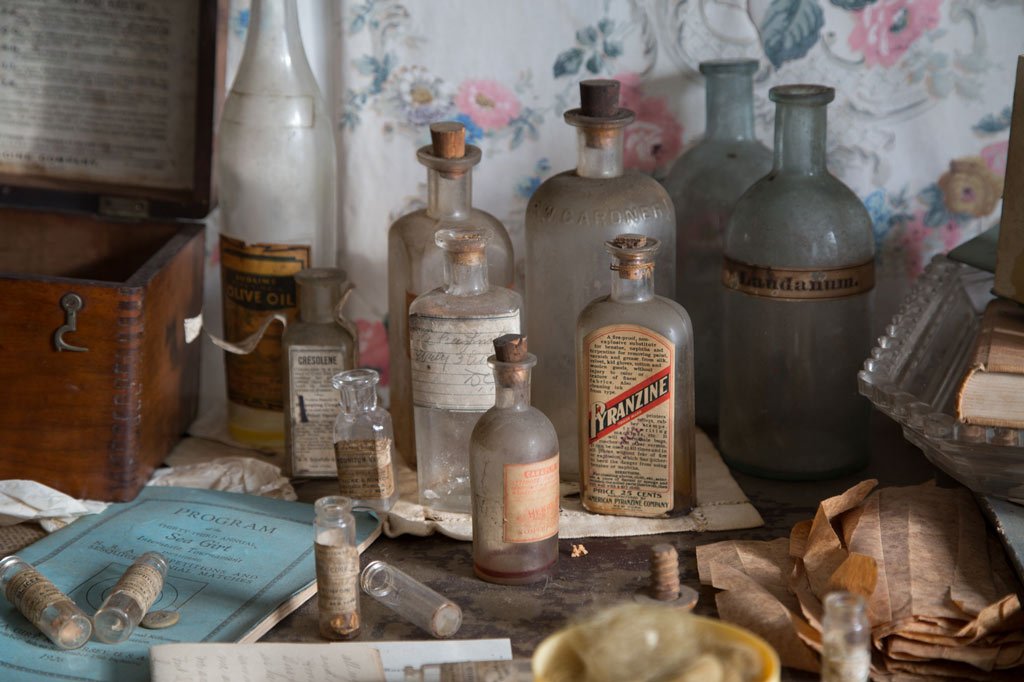
An Array of Historical Items
Pots, pans, glass bottles are scattered about the room. Collectors are now snapping vintage bottles like these, hoping to own a great article of the past—some packages contained standard household products such as olive oil and even Milk of Magnesia.
There is even a small brochure that reads: “Program of the Thirty-Third Annual Sea Girt Interstate Tournament.” The event was staged by the American International Riflers Association in nineteen twenty-six.
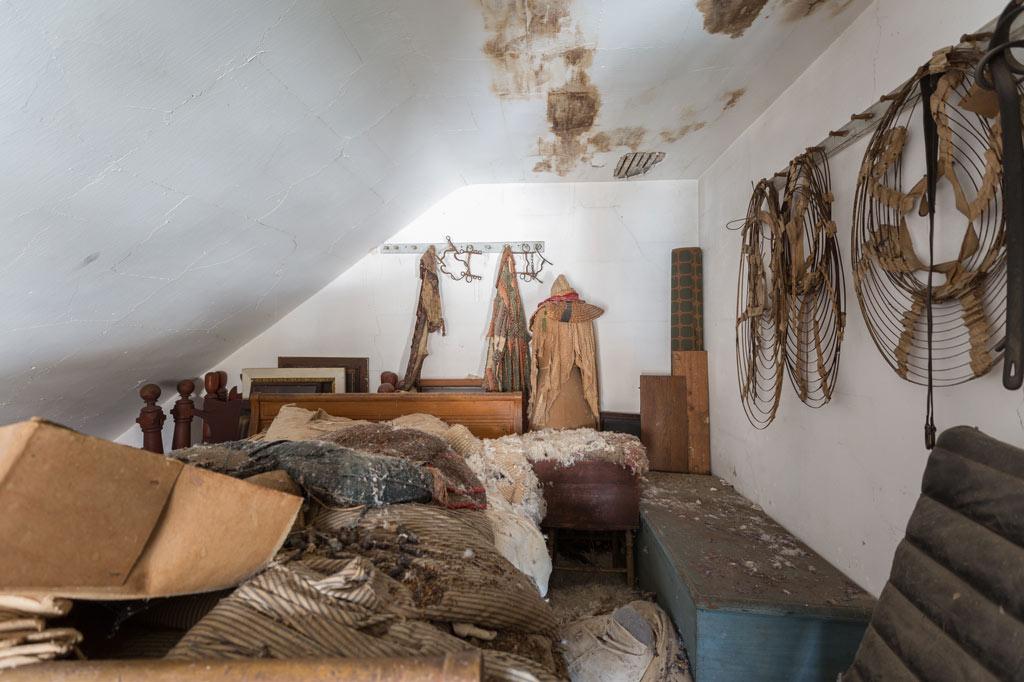
The Attic Storage Room
The farmhouse not only has a basement, but it also has attic storage areas. Here, too, beds are implying the room was also utilized for sleeping — probably for staff members.
The walls have many steel crinoline dresses hanging from the wall. This under-skirt gained popularity throughout Europe and North America after being patented in the mid 19th century. Given their age, these seem to be in excellent condition.
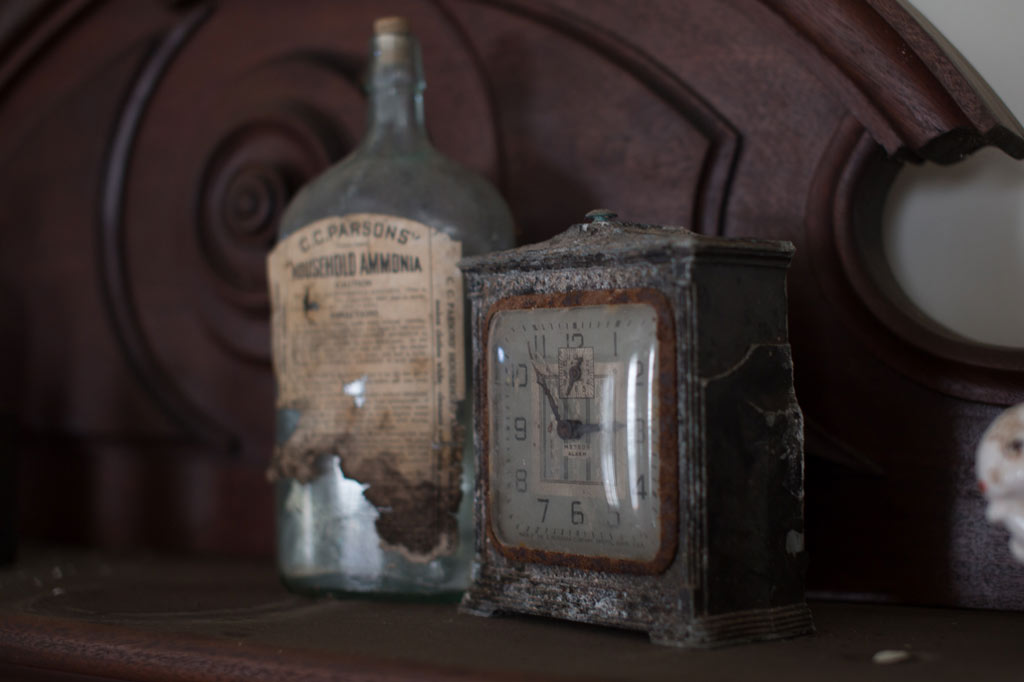
Time Frozen
This alarm clock has hands frozen in time at 2:54. Next is a glass bottle that once held C. Household ammonia, a prominent home cleaning agent.
Vintage treasure hunters striving to explore the property for themselves are out of luck. After Sansivero’s work, the house was empty. “The valuables have been cleared out now, and both security and cameras keep watch on it 24/7,” he says.

A Still Art Piece
These artificial flowers have withstood the test of time. Their colors are still rich and bright. A teacup sits next to the flowers as though awaiting someone to drink from it.
The upholstered furnishings here had not withstood well, although you can tell it looked nice when it was new. It’s scenes like this that compelled photographer Bryan Sansivero to say that the house felt so much like stepping back in time than any other he’d ever ventured in.
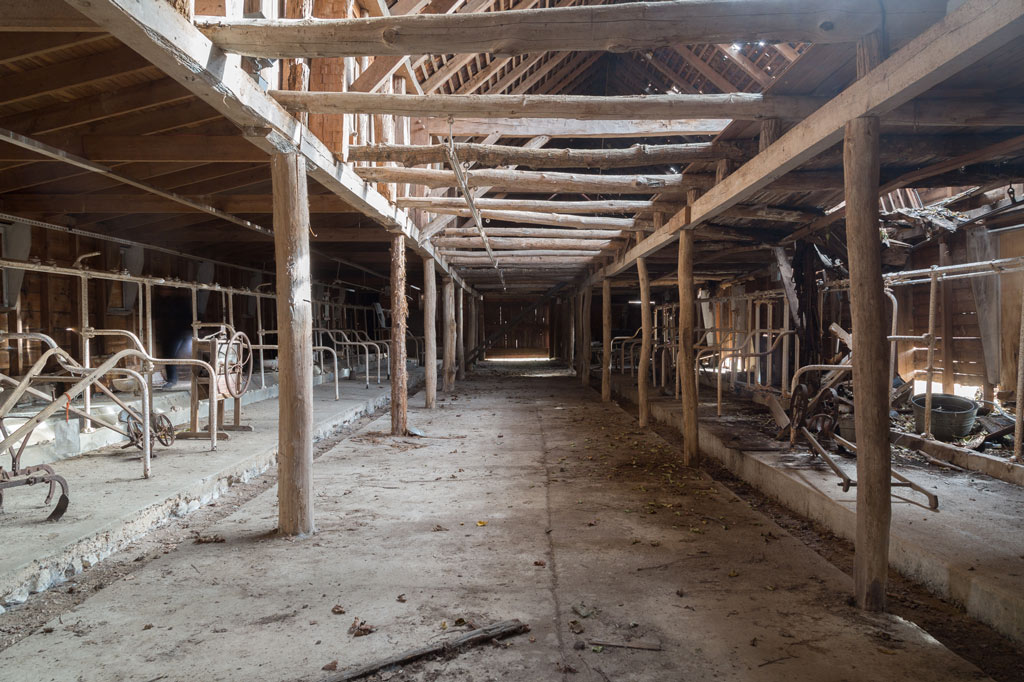
Outbuildings On The Property
The nine-acre farmstead has multiple structures, including an outhouse, garage, smokery, and various barns.
The inside of the barn is shown. The ancient farm tools in the facility assisted with exhibiting the property’s past as a working plantation. Carol asked that the buildings be kept as monuments.
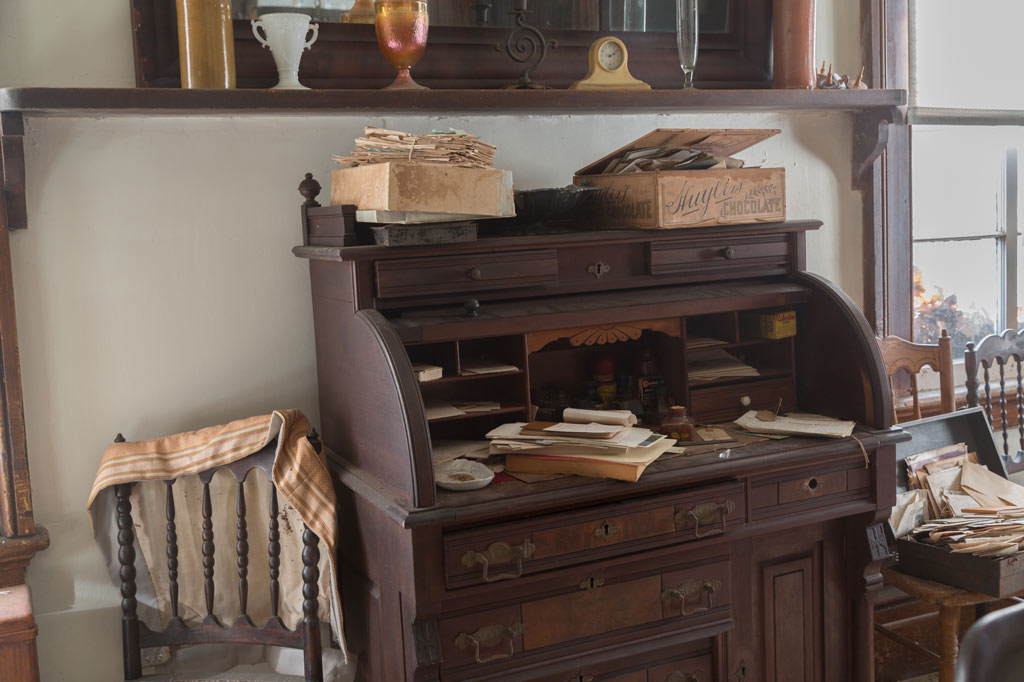
Educator’s Desk.
Carol probably worked at this desk. While growing up in the farmhouse, she was enrolled in a single-room schoolhouse. Carll attended high school in Jamaica, Queens, then returned to her home town as an educator.
She invited students to tour the farm to learn about local history and farm existence leading to a local school renamed Marion E. Carll in 1957. We know Carll donated the property to the Commack School District.
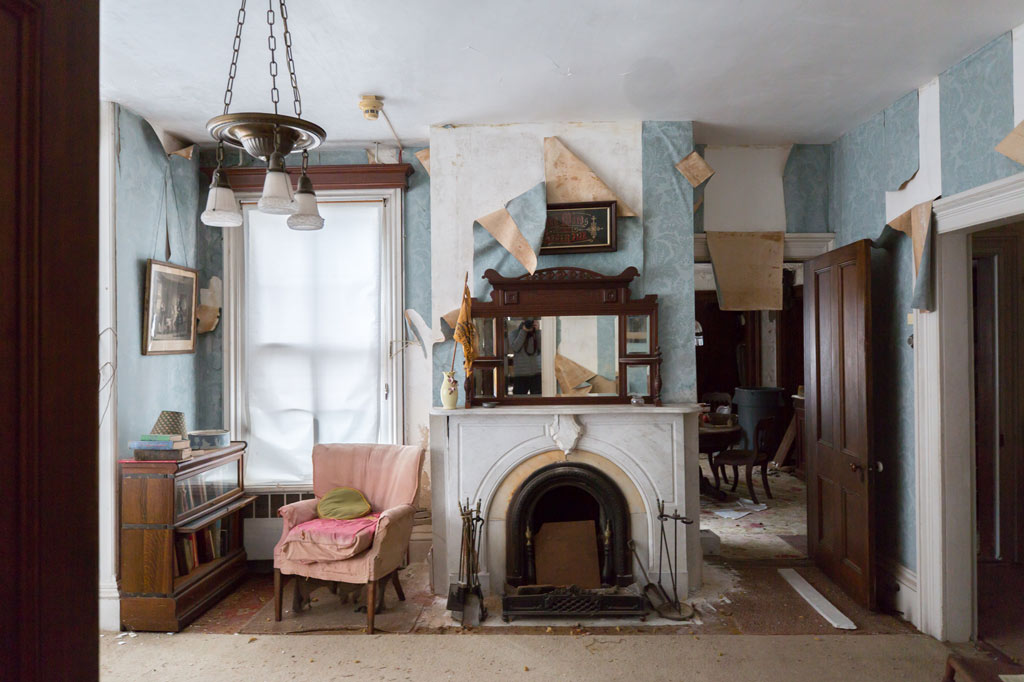
Multiple Fireplaces
Fireplaces were typical in older homes before houses began getting central air systems. The Carll residence had numerous fireplaces. Some still look fantastic, including this one made of marble.
This would be quite welcoming to anyone sitting in the corner to read or have a conversation, especially on a frigid night. Except for the peeling wallpapers, the room is probably a good depiction of how it was when Carll lived there.
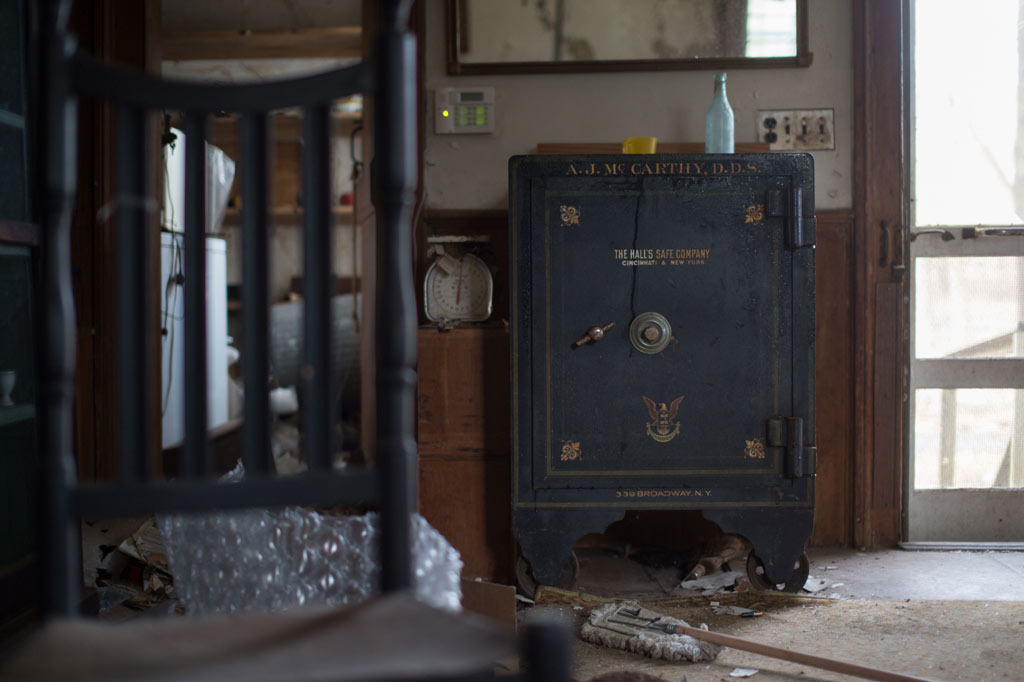
What Was In The Safe
The way the lock system is built on this safe has piqued many people’s interest in what it holds. It was built by Hall’s Safe Company, which is located in Cincinnati.
“A.J. McCarthy, D.D.S.” is engraved on the safe whom research shows as a former staff member at the University of Buffalo’s Dentistry Department It’s not ascertained how the safe got to the farm.
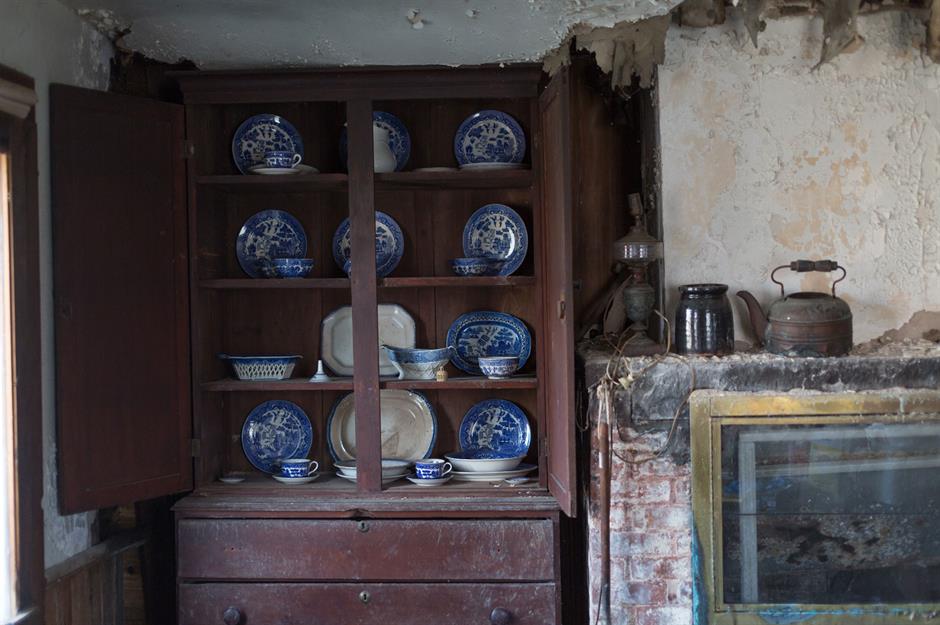
Heritage is Everywhere.
Sansivero said the house has a lot of history lying around. Every room brandished something new to observe, like this blue-and-white china set still in incredibly proper order.
There are numerous additional artifacts in this scene, like an oil lamp and a teapot. The roof in this compartment has deteriorated and now looks ready to fall apart.
Portions of the farmhouse were reasonably preserved, unlike others.
We visited a bedroom, and now we are upstairs the building. The top floor was used as a storehouse and lodging for the household staff.
The whole ceiling has collapsed, and the walls are smudged. Trash lines the ground. The hallway has many reminders of history.
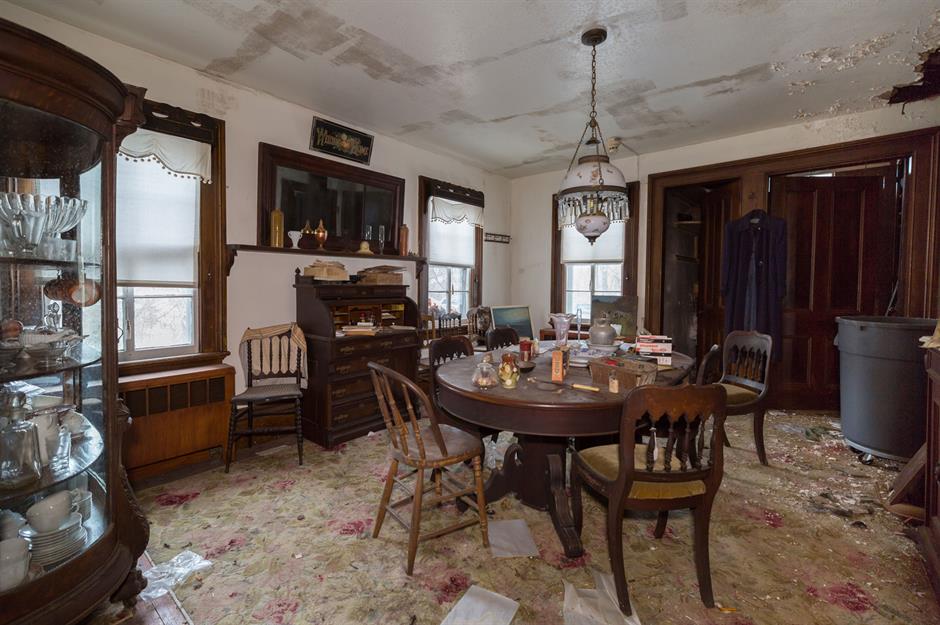
Historic Places Register
Even though the estate is falling apart, it was placed on the National Register with more than a million other properties.
There are a few criteria to be on the register, and properties must meet one including, having made a substantial contribution to American history, being linked to a notable individual, having unique architectural aspects, or being critical to history.
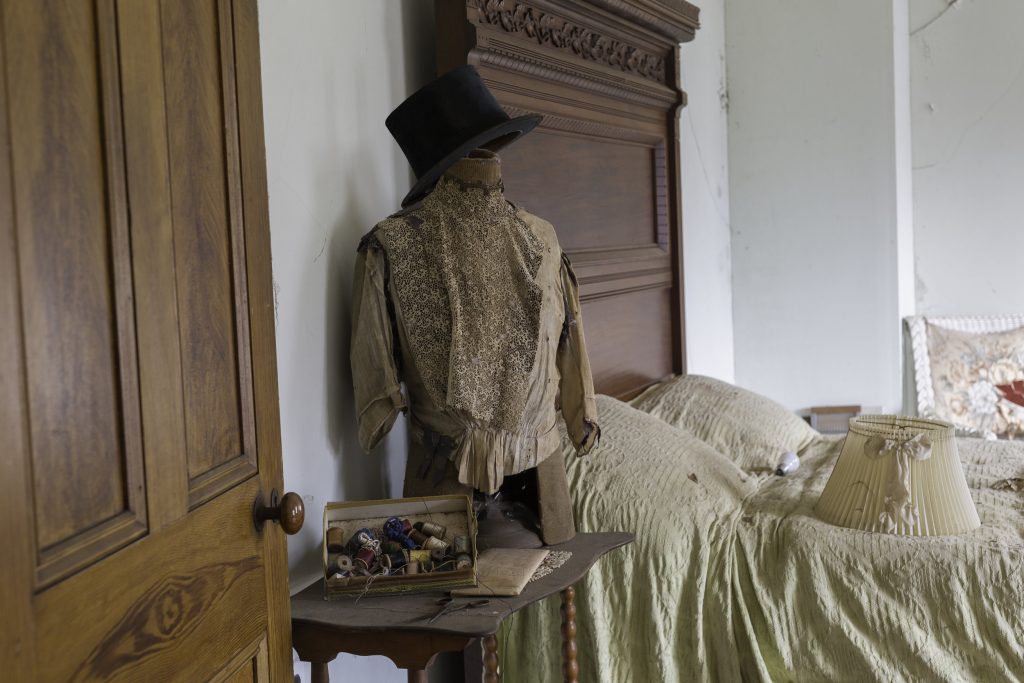
Great Embroidery Work
A blouse on a mannequin and a container with spools of thread were seen in the home’s main bedroom. Ms. Carll appeared to be a great stitcher.
Despite being exposed for so many years, the blouse exhibited great detail and elaborate embroidery endeavor. Maybe Ms. Carll designed it.
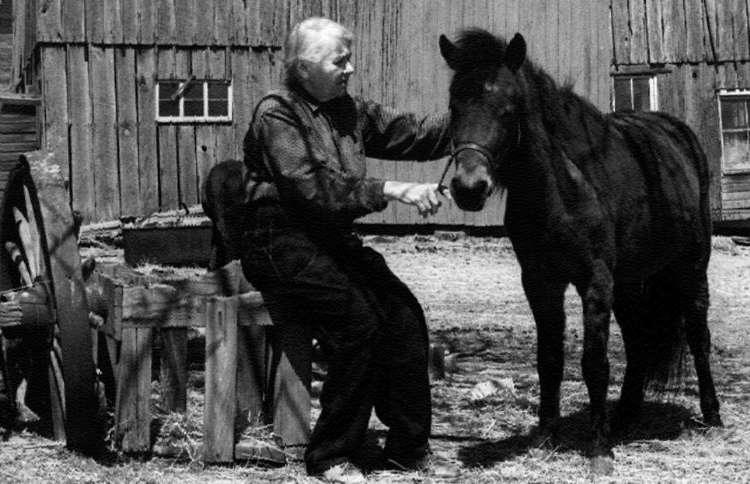
The Carll’s History
This image shows Carll around the mid-1900s. The photo’s website says Carll’s sister and two brothers were police officers, and her daughter owned a factory that made men’s shoes.
The Carll family has a prosperous history on Long Island comprising ties to Sagitikos Manor, which transferred to the Thompson family of Setauket, then to the Gardiner family. At the same time, the Carlls went on to be distinguished fellows of neighborhoods in and around the Huntington region.
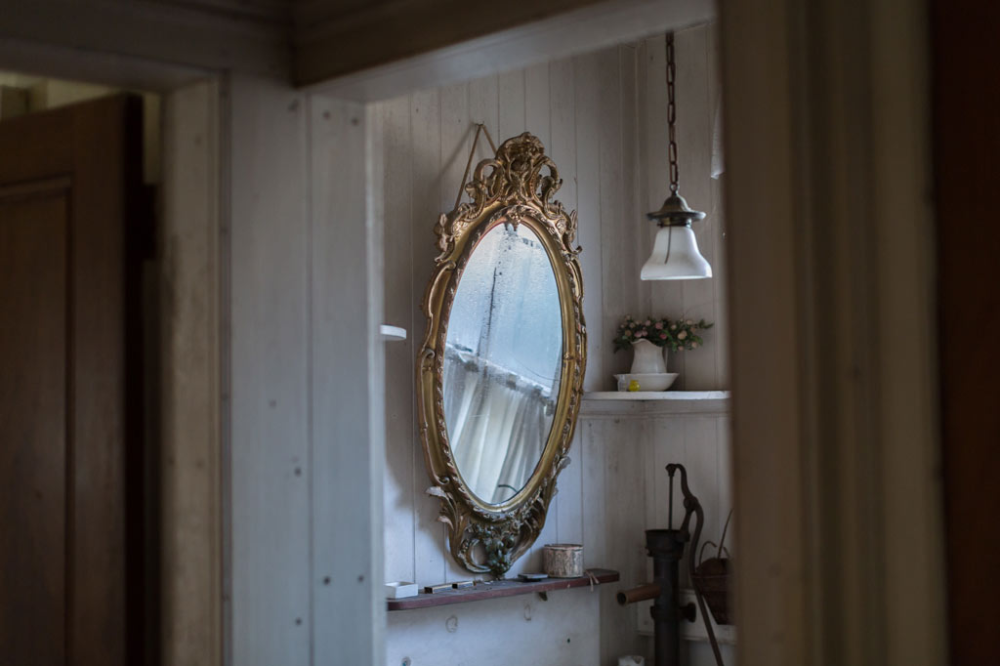
Endangered Status
Ten years ago, the nonprofit SPLI recorded the Carll Farmstead as an endangered historic place. Robert Hughes is the historian of Huntington. He nominated the estate. He said they have an incredible time capsule due to the historic structures and artifacts.
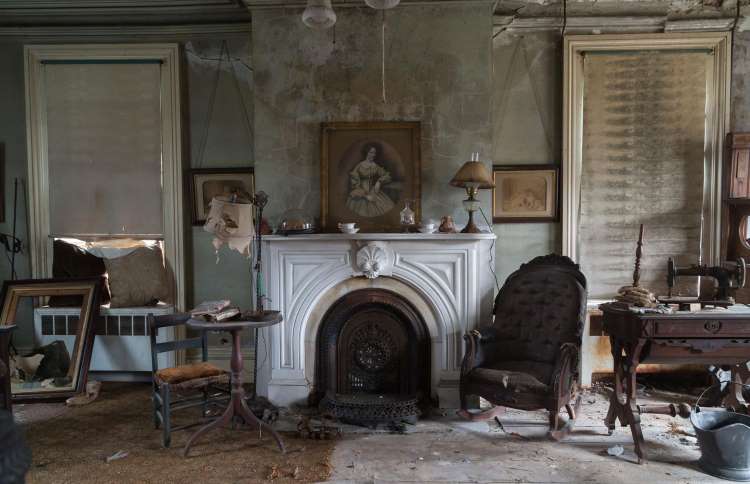
Preserving The Farm
A council with the Commack school district and locals have been laboring to examine the appropriate use of the notable Carll farm, which is a portion of the town park.
The team working to save the Carll Farm says they are striving to make it a restored historic location, and recommendations include a functional organic farm and a teaching center.
Amazing
From Wheels to Wonder: Paralysed Skater Transforms Old Boards into Bold Sculptures
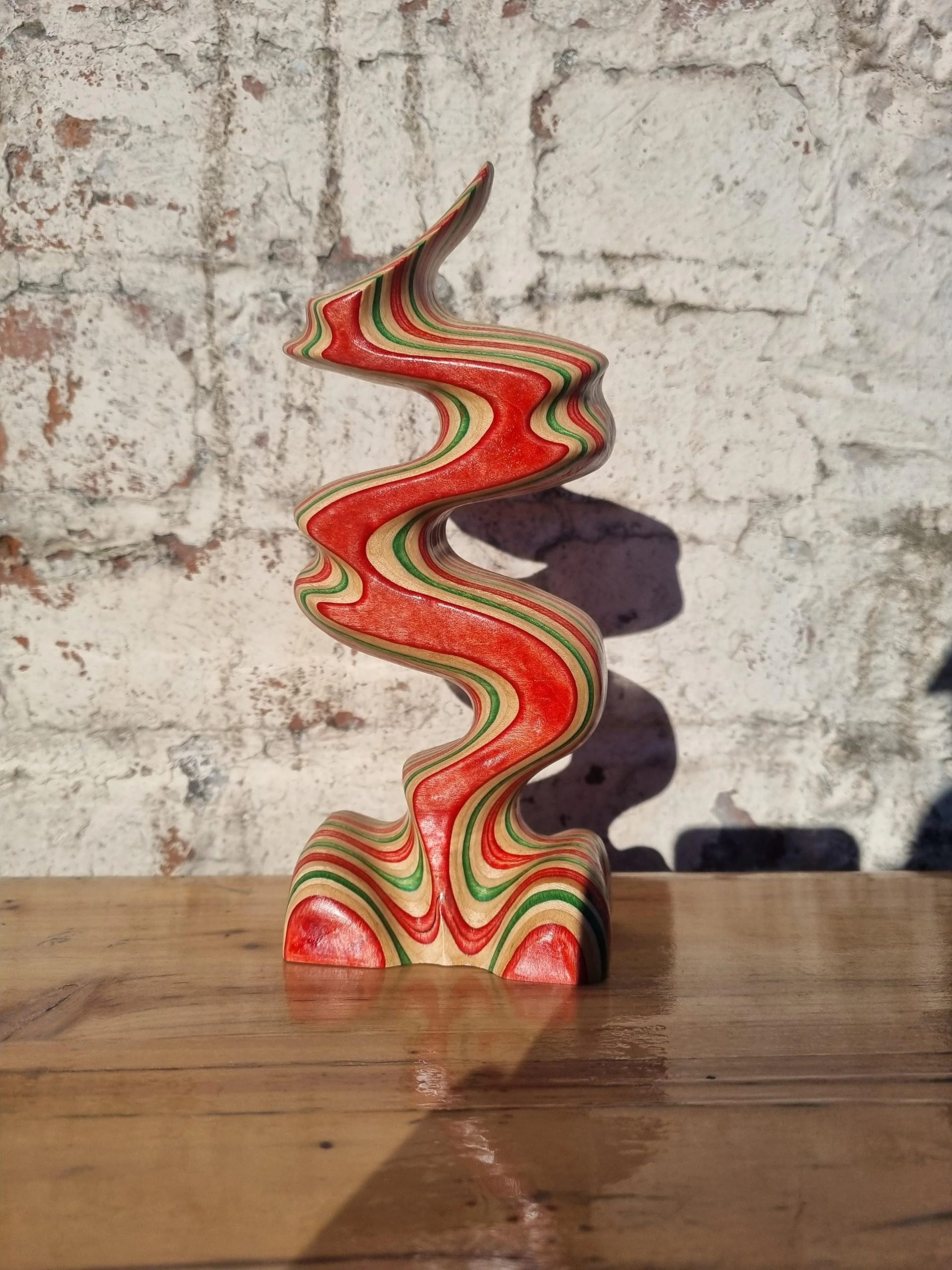
When Nick Harding lost the ability to skateboard, he never imagined he’d find a new way to stay connected to his lifelong passion — through art.
In 2019, Nick was suddenly paralysed by Guillain-Barré syndrome (GBS), a rare auto-immune condition where the immune system attacks the nervous system. What started as a sore hamstring quickly escalated into a medical emergency. Within an hour of arriving at the hospital, he was on life support. He spent 13 weeks in intensive care at Southmead Hospital in Bristol and seven months in recovery, relearning how to walk and use his arms.
“Skating has always been a huge part of my life,” Nick said. “Having an outlet for that desire to play with my favourite toy is what brought the sculptures about.”
With his old decks stacked in a corner and his body still rebuilding strength, Nick began experimenting. His early attempts to make practical items were shaky — his hands lacked coordination — so instead, he focused on creating something beautiful. With no prior carpentry experience, he turned to YouTube tutorials, teaching himself to shape, sand, and finish colorful, psychedelic forms from the layered wood of worn-out skateboards.
The process helped rebuild his dexterity, but it also served as a mental anchor. “I just focused on doing a little bit every day,” he said. “It was the process that felt good when I was at my lowest.”
Now, Nick sells his sculptures through his Etsy shop Mobius Maples and has gained fans from around the world. His pieces — all carved from donated, broken, or retired boards — are abstract, swirling forms that capture the movement and spirit of skateboarding.
But for Nick, it’s not just about the art or even the recovery. It’s about staying connected to the Bristol skate scene that shaped him. He donates pieces to skate competitions and charity auctions and even hides small keychains around the city for his Instagram followers to find.
“It wouldn’t be anything if it was just me,” he said. “It’s also people who give me their old boards. Interacting with the art and letting me be involved with things is what’s kept it going.”
“I want it to be something that adds to the community, and I’m so grateful that I still have the opportunity to do that.”
Through creativity, community, and resilience, Nick Harding has transformed adversity into something both healing and inspiring — turning the boards that once carried him across pavement into lasting works of art.
Amazing
Community Petition Saves Wally the Beaver from Euthanasia

Wally, a beloved beaver who became a community favorite in Northern Virginia, was saved from euthanasia thanks to the efforts of thousands of supporters who rallied together through an online petition.
Wally first gained popularity at Huntley Meadows Park in Fairfax County, where locals and visitors often saw him hard at work building dams. However, wildlife officials considered euthanizing him after concerns arose over flooding and tree damage caused by his dam-building activities.
The community swiftly stepped in, launching a petition that quickly gathered over 10,000 signatures. Advocates argued that the beaver’s positive impact on the ecosystem—creating wetlands and habitats for other wildlife—far outweighed any inconveniences.
Local officials eventually agreed, opting instead for a humane relocation effort. Wally will now be safely moved to a suitable habitat rather than being euthanized.
“This shows how much our community values wildlife,” said Julie Ames, the petition’s creator. “We’re thrilled our voices were heard.”
Residents celebrated the decision, highlighting how Wally’s survival symbolizes the growing awareness of peaceful coexistence with local wildlife.
Amazing
Third Eaglet Joins Big Bear’s Beloved Bald Eagle Family
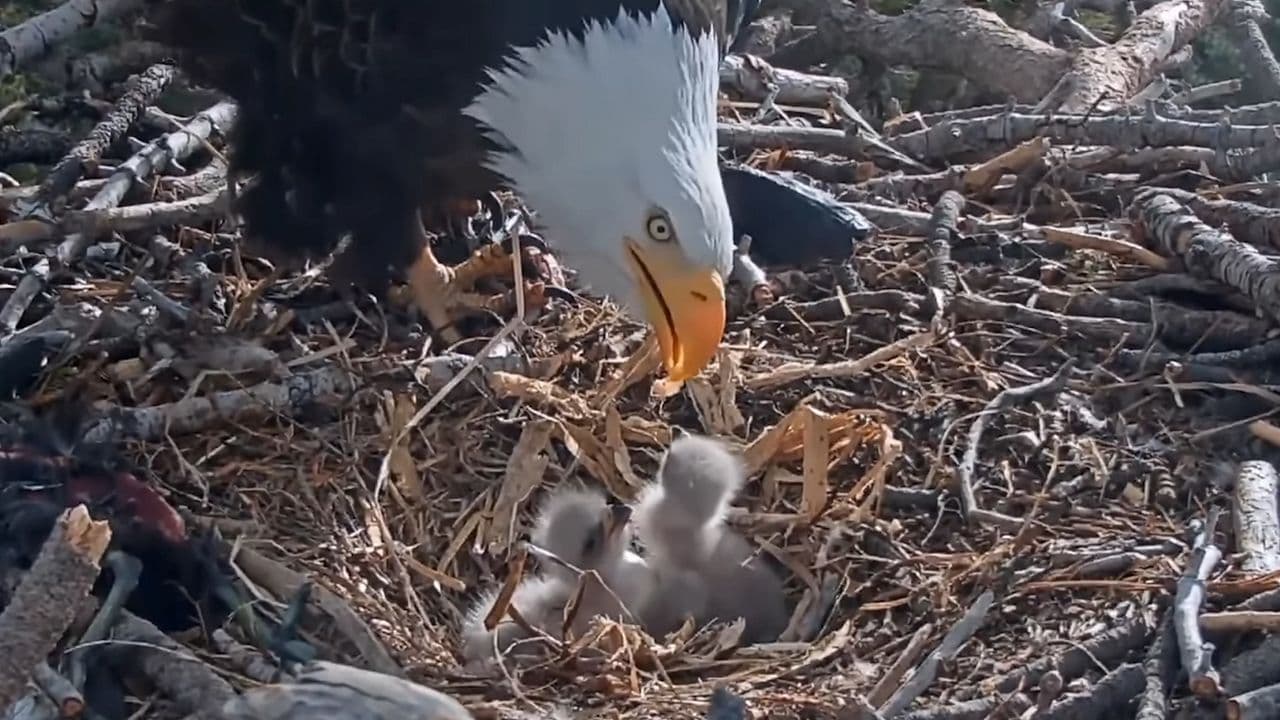
A third eaglet hatched yesterday in the much-loved bald eagle nest near Big Bear Lake, marking a delightful moment for the growing number of wildlife enthusiasts who have been closely watching the family online.
The nest, located in the San Bernardino National Forest near Big Bear, California, has been streaming live via the Friends of Big Bear Valley eagle cam. Observers were excited to witness the third chick hatch, a significant event considering that bald eagles usually lay two eggs, with three being somewhat unusual.
The parents, affectionately named Jackie and Shadow, are local celebrities among bird watchers. According to the Friends of Big Bear Valley, these parents have gained fame for their caring behavior, ensuring their chicks remain healthy and thriving despite the occasional harsh weather conditions.
“The hatch was smooth and perfectly timed,” said Sandy Steers, executive director of Friends of Big Bear Valley. “It’s heartwarming to see this family continue to flourish.”
Wildlife experts emphasize the importance of maintaining a respectful distance, reminding the public that the best way to enjoy and protect these birds is by observing remotely via the eagle cam.
Viewers can continue to monitor the eaglets’ development, celebrating each milestone as the chicks grow into young eagles over the coming weeks.
Amazing
Pocatello’s Last Video Rental Store Preserves Tradition for Devoted Patron

In an era where digital streaming dominates, the closure of Video Stop marked the end of an era for Pocatello, Idaho. However, for one loyal customer, the spirit of the traditional video rental experience continues, thanks to the store owner’s thoughtful initiative.
For over 15 years, 35-year-old Christina Cavanaugh, who has Down syndrome and is mostly nonverbal, maintained a cherished routine of visiting Video Stop almost daily with her mother, Toni. This ritual was integral to Christina’s daily life, providing her with joy and consistency. The prospect of the store’s closure posed a significant disruption to her routine, causing concern for Toni about how to explain the change to her daughter.
Understanding the importance of this routine to Christina, Video Stop’s owner, David Kraning, decided to preserve a portion of the store’s collection. He dedicated a corner in his adjacent business, K & B Kwik Stop, to house these movies, ensuring Christina could continue her beloved visits. This thoughtful gesture not only maintained a sense of normalcy for Christina but also highlighted the deep bonds formed between local businesses and their patrons.
Toni expressed immense relief and gratitude for Kraning’s actions, likening the news to “being sentenced to prison and then getting a reprieve.” She praised the community-oriented approach of Kraning and his staff, who have always been attentive to Christina’s unique needs, even training new employees on how to interact with her during checkout.
While the era of video rental stores may be fading, the compassion and dedication demonstrated by Kraning ensure that, for Christina, the magic of selecting a physical movie remains alive. This story serves as a heartwarming reminder of the impact local businesses can have on the lives of their customers, going beyond transactions to form meaningful, supportive relationships.
Amazing
Former Student’s Surprise $1.8 Million Gift Stuns Wisconsin High School
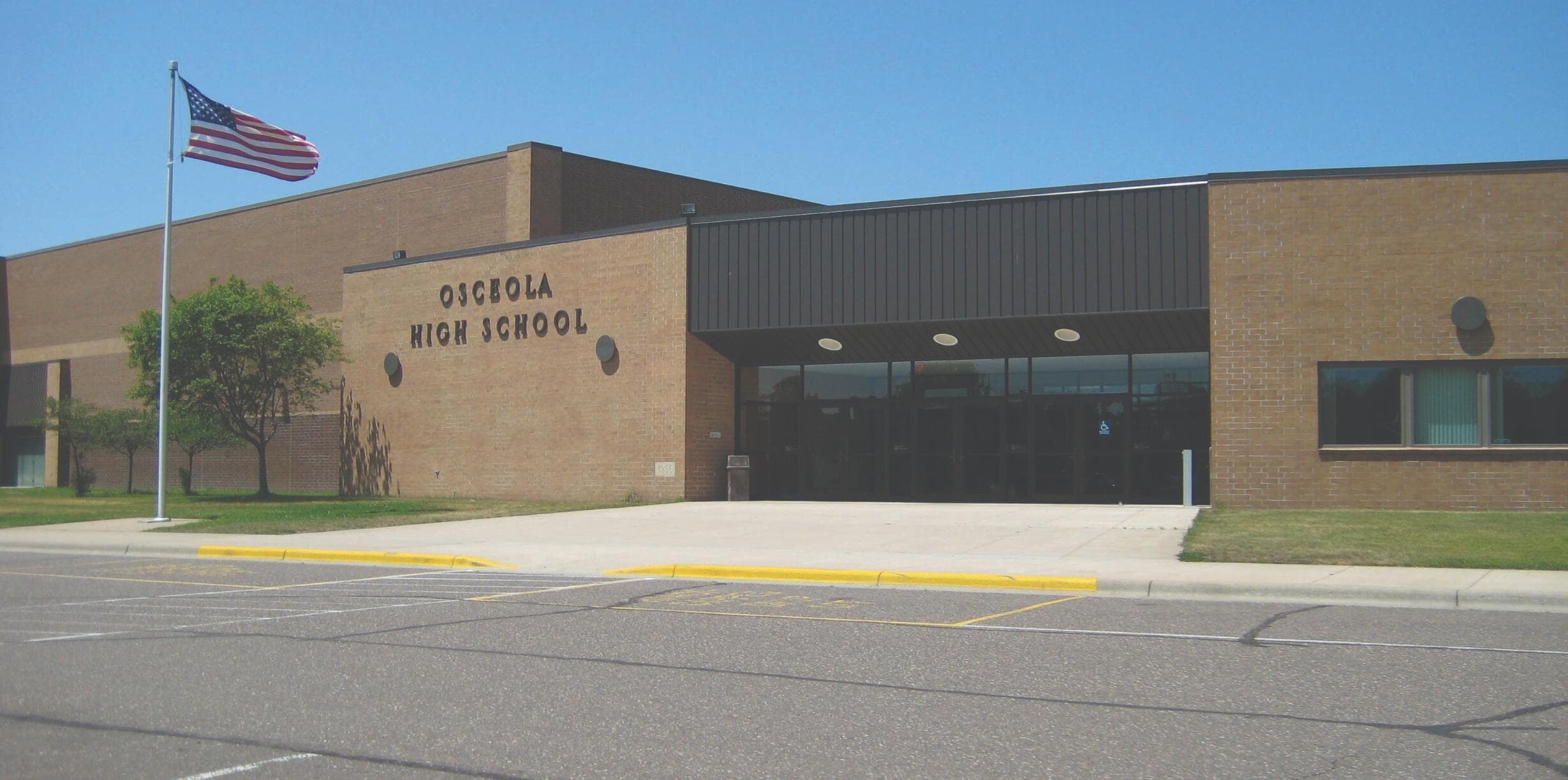
In an age where school budgets are often stretched thin, a small-town Wisconsin high school received an astonishing financial windfall from a former student. Osceola High School, nestled in the tight-knit Village of Osceola, recently learned that a graduate from the Class of 1947, Millicent “Milly” Lindahl, left the school $1.8 million—with more still to come.
A Gift from the Past
Superintendent Becky Styles recalls the moment she learned of the unexpected donation.
“We were absolutely dumbfounded by the amount,” she said. “This doesn’t happen in public schools very often.”
While Milly Lindahl—who later became Milly Chapman—was not widely known in the community, her legacy is now impossible to ignore. A look through old yearbooks revealed she was an active student, participating in the drama club, yearbook committee, school newspaper, and even serving as a cheerleader.
After graduating in 1947, Milly moved away and lived a private life in Maple Grove, Minnesota, with her husband. With no children or immediate family, she made a decision that ensured her name would live on in Osceola—leaving her estate to the high school that had brought her joy in her youth.
Remembering Milly
While details of her later life remain scarce, Superintendent Styles and the local historical society have pieced together a portrait of a woman who cherished her high school years.
“I think it was a place where she found herself, where she could be who she wanted to be,” Styles said. “It was one of the happiest times of her life, and that’s what she held on to.”
Milly and her husband lived quietly, seemingly well within their means. Though her name may have faded from memory in Osceola, her generosity ensures she will be remembered for generations to come.
A Lasting Legacy for Students
Now, the school faces a major decision—how to use the money in a way that honors Milly’s legacy. While many ideas have been floated, Superintendent Styles emphasized that the funds should have a long-term impact rather than being used for short-term needs.
Possible projects include:
- A student commons area to foster community and connection.
- A performance space named in Milly’s honor, recognizing her love of drama and school activities.
- Scholarships or academic programs to support future students.
Before making any final decisions, the school plans to involve the community and wait for the estate to be fully settled.
One thing is certain—Milly Lindahl’s generosity will shape the future of Osceola High School, just as her time there shaped her.
-

 OMG7 years ago
OMG7 years agoA Couple Gave Birth to the Most Beautiful Twins Ever
-

 OMG7 years ago
OMG7 years ago20 Rare Historical Photos
-

 OMG7 years ago
OMG7 years agoHilarious Airport Photos
-

 Cute7 years ago
Cute7 years agoMom Refuses to Let Daughter Eat Sugar and Years Later This is What She Grows Into
-

 OMG6 years ago
OMG6 years agoTop Secret Air Force One Facts That You Never Knew
-
OMG6 years ago
The Funniest Yearbook Photos Of All Time
-
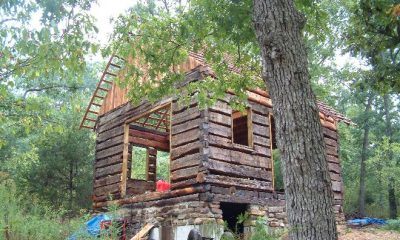
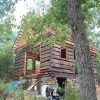 OMG7 years ago
OMG7 years agoRetired Mathematician Restores Log Cabin
-

 OMG5 years ago
OMG5 years agoWhat Happened When This ‘Duck Dynasty’ Legend Chopped Off His Beard?